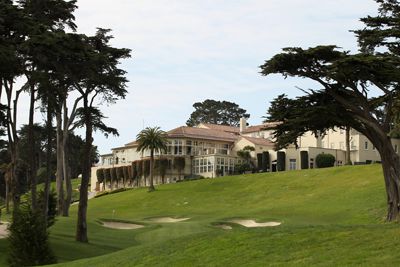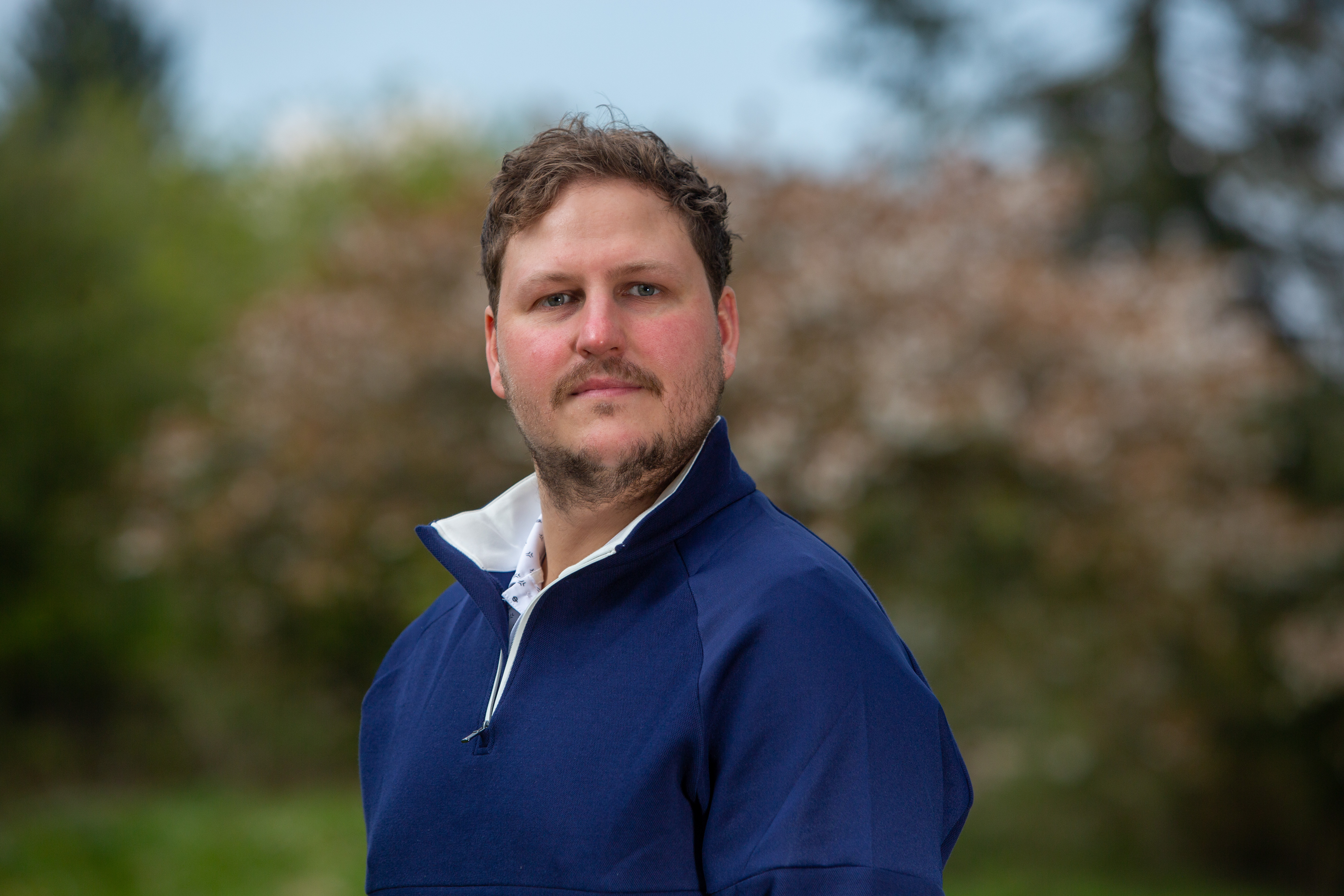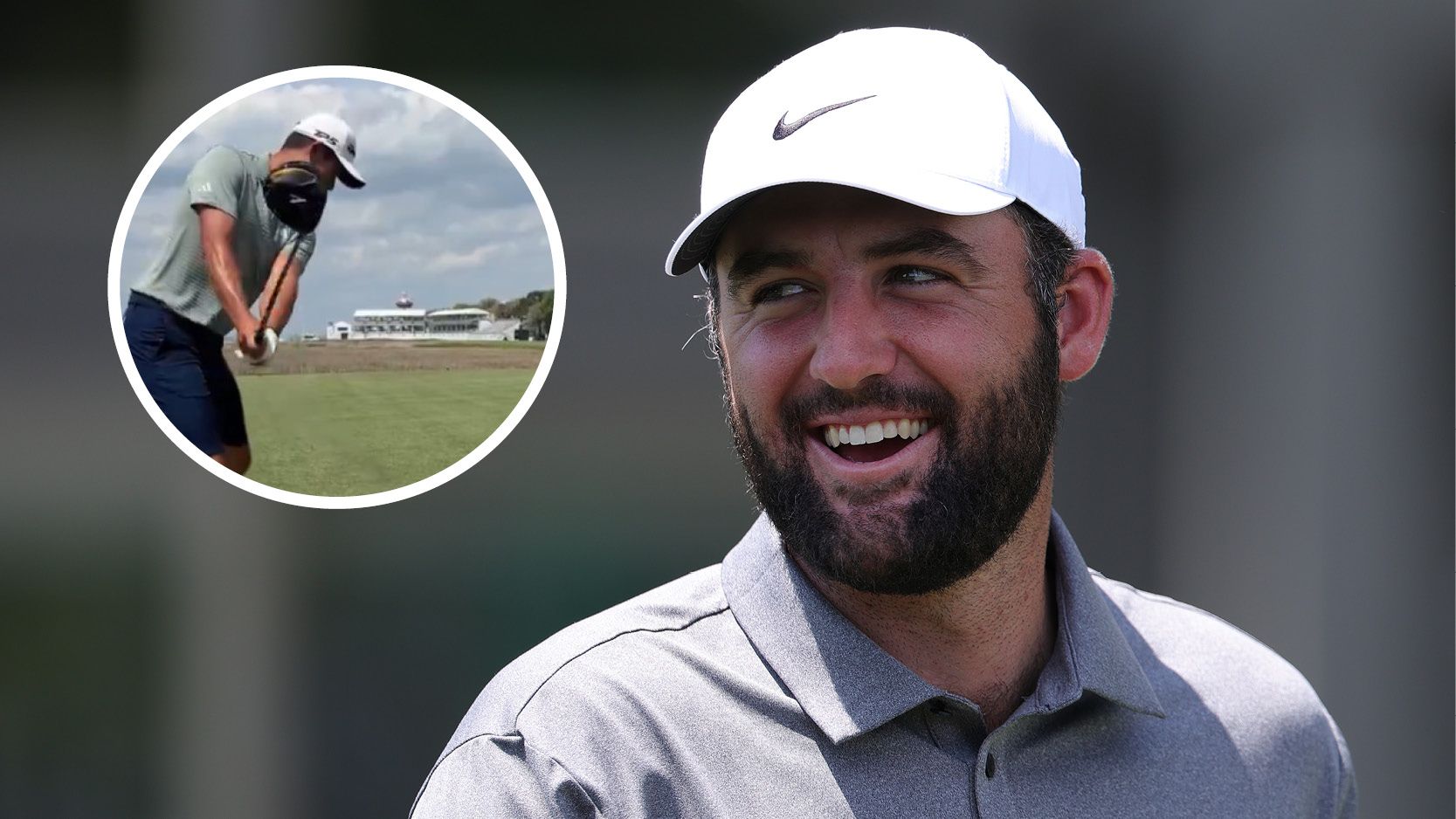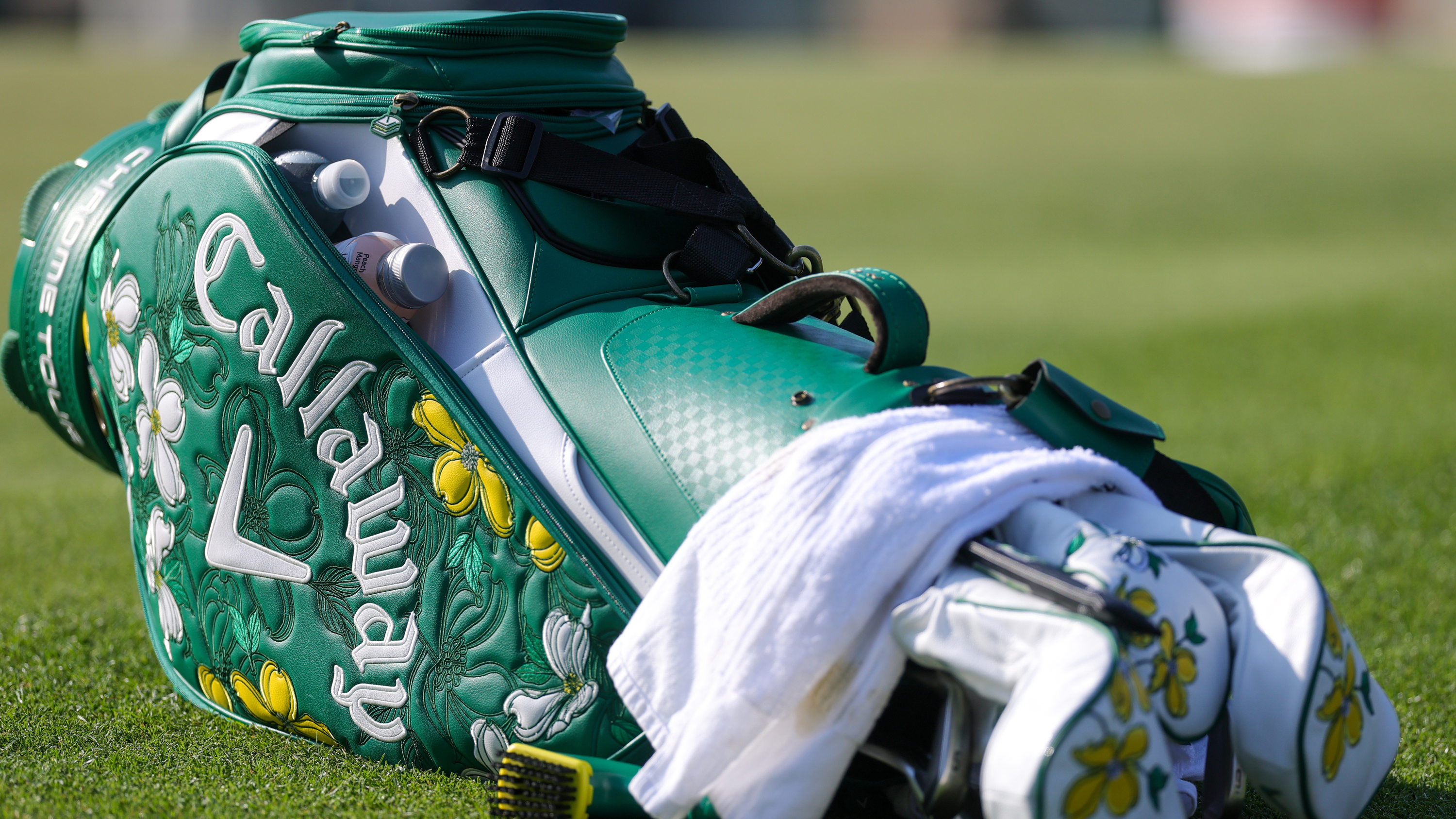Course guide: The Olympic Club
A hole-by-hole guide to The Olympic Club, San Francisco, host of the 2012 U.S. Open


Hole 1 Par 4 520 yards
The first hole - which has played as a par 5 in every previous U.S Open held at Olympic - is an exceptionally long and challenging par-4. Tee shots must be moved from left to right and approaches can be bounced on to the green, but anything long or left will run off the closely mown green side area and provide a very difficult up and down.
Hole 2 Par 4 428 yards
The fairway of this uphill par 4 narrows at the 270 yard mark, meaning many players will opt for a 3-wood from the tee. A long, uphill approach must be hit solidly to hold a green that slopes severely from back to front.
Hole 3 Par 3 247 yards
The third hole is an absolute brute of a par 3, and is expected to play as one of the hardest holes on the course. Tee short are hit significantly downhill to a small green, with a left-to-right prevailing wind that cannot be felt on the tee adding to the difficulty of the hole.
Hole 4 Par 4 438 yards
Get the Golf Monthly Newsletter
Subscribe to the Golf Monthly newsletter to stay up to date with all the latest tour news, equipment news, reviews, head-to-heads and buyer’s guides from our team of experienced experts.
The hole plays as a dogleg from right to left, but the fairway cants from left to right. The fairway narrows at the 260 yard mark, which will lead many payers to hit a long iron from the tee. Uphill approaches are likely to be played from a hanging lie to one of the most difficult greens on the course.
Hole 5 Par 4 498 yards
In contrast to the fourth, the shape of this long par 4 is left to right, with a fairway that slopes from right to left. Large trees guard the right side of the driving zone, and anyone hitting a right-to-life tee shot will have little chance of keeping their ball on the fairway. Approaches are played downhill to one of the easier greens on the course.
Hole 6 Par 4 489 yards
The 6th will play 50 yards longer than it did in the 1998 U.S. Open. A drive of 295 yards is now required to carry the fairway bunker at the turn of a slight dogleg left. Many of the shorter hitters will choose 3-wood from the tee, leaving a long iron approach to a flattish green surrounded by bunkers.
Hole 7 Par 4 288 yards
After one of the toughest starts to any golf course in the world, the 7th provides some temporary respite. This hole is drivable for most of the field, although some will lay up with an iron and leave themselves an approach of 70-90 yards to a two-tiered green surrounded by deep rough.
Hole 8 Par 3 200 yards
The completely redesigned 8th hole will play 60 yards longer than its 1998 counterpart, with the hillside to the player's right forming a natural amphitheatre. The angled green slopes from right to left, and large cypress trees come into play on tee shots missed left.
Hole 9 Par 4 449 yards
The 9th hole shares many characteristics with the 5th, notably a right-to-left sloping fairway with a left-to-right angle. Many players will hit a 3-wood from the tee, leaving a mid to short iron to a greens surrounded by sand and closely mown run-off areas.
Hole 10 Par 4 424 yards
The fairway has been moved several yards to the players right, sharpening the left-to-right angle and making it more likely that drives could run through the fairway. Most players will hit approaches with short irons to a green that slopes from front to back.
Hole 11 Par 4 430 yards
The fairway has been shifted several yards to the player's left to create more of a left-to-right dogleg. Most players will hit driver from the tee and leave themselves a wedge to a two-tiered green that slopes from back to front.
Hole 12 Par 4 451 yards
This mid-length par 4 will play 35 yards longer than in 1998. There is a narrow driving area, and any thing pushed or pulled could hit one of several Monterey pine oR cypress trees flanking the fairway. The approach is hit to a green surrounded by closely mown grass.
Hole 13 Par 3 199 yards
Most players will be hitting a mid iron to first of the par 3s on the back nine. Bunkers front the putting surface, and a mown area to the left of the green will gather balls and send them towards a dry lateral water hazard.
Hole 14 Par 4 419 yards
The fairway on this shortish par 4 has been shifted left, bringing trees on the left hand side of the hole more into play. Many players will hit a 3-wood with a hint of right-to-left and try to catch the downhill sloping fairway, leaving a wedge into the green.
Hole 15 Par 3 154 yards
The hole is the shortest on the course, but anyone unable to find the putting surface with their tee shot will face a tricky chip from deep green-side rough. Most players will hit a nine iron or wedge, and many will see the 15th as a birdie opportunity.
Hole 16 Par 5 670 yards
The 16th, remarkably the first par 5 on the course, is the longest hole in U.S. Open history. Many players will opt for a 3-wood from the tee as the fairway narrows around the 300 yard mark. The hole angles sharply from right to left for its entire length, and shots missing the green long or to the left will bounce father away, courtesy of a closely mown area.
Hole 17 Par 5 522 yards
This hole will play as a par 5 for the first time in its U.S. Open history. The fairway slopes more severely than any other on the course, and the angle of the tee shot is much more challenging than in the past. The hole is reachable in two despite playing uphill and typically into the wind, but any approach leaked right may come to rest under trees.
Hole 18 Par 4 344 yards
The final hole requires precision on both the tee and approach shots. The tee shot is semi-blind, and players will only be able to see the top half of the flagstick when contemplating their uphill approach to a small green surrounded by deep rough.

Nick Bonfield joined Golf Monthly in 2012 after graduating from Exeter University and earning an NCTJ-accredited journalism diploma from News Associates in Wimbledon. He is responsible for managing production of the magazine, sub-editing, writing, commissioning and coordinating all features across print and online. Most of his online work is opinion-based and typically centres around the Majors and significant events in the global golfing calendar. Nick has been an avid golf fan since the age of ten and became obsessed with the professional game after watching Mike Weir and Shaun Micheel win The Masters and PGA Championship respectively in 2003. In his time with Golf Monthly, he's interviewed the likes of Rory McIlroy, Justin Rose, Jose Maria Olazabal, Henrik Stenson, Padraig Harrington, Lee Westwood and Billy Horschel and has ghost-written columns for Westwood, Wayne Riley, Matthew Southgate, Chris Wood and Eddie Pepperell. Nick is a 12-handicap golfer and his favourite courses include Old Head, Sunningdale New, Penha Longha, Valderrama and Bearwood Lakes. If you have a feature pitch for Nick, please email nick.bonfield@futurenet.com with 'Pitch' in the subject line. Nick is currently playing: Driver: TaylorMade M1 Fairway wood: TaylorMade RBZ Stage 2 Hybrid: Ping Crossover Irons (4-9): Nike Vapor Speed Wedges: Cleveland CBX Full Face, 56˚, Titleist Vokey SM4, 60˚ Putter: testing in progress! Ball: TaylorMade TP5x
-
 Scottie Scheffler Among Big Names Spotted Testing TaylorMade R7 Quad Mini Driver At RBC Heritage
Scottie Scheffler Among Big Names Spotted Testing TaylorMade R7 Quad Mini Driver At RBC HeritageVarious TaylorMade staffers, like Scheffler and Fleetwood, were seen testing the R7 Quad Mini Driver at Harbour Town Golf Links prior to the main event on Thursday
By Matt Cradock
-
 Building The Ultimate Callaway Golf Bag: Our Favourite Clubs From The Brand’s History
Building The Ultimate Callaway Golf Bag: Our Favourite Clubs From The Brand’s HistoryWe select the best and most legendary gear that Callaway has ever produced, from driver right through to putter...
By Fergus Bisset